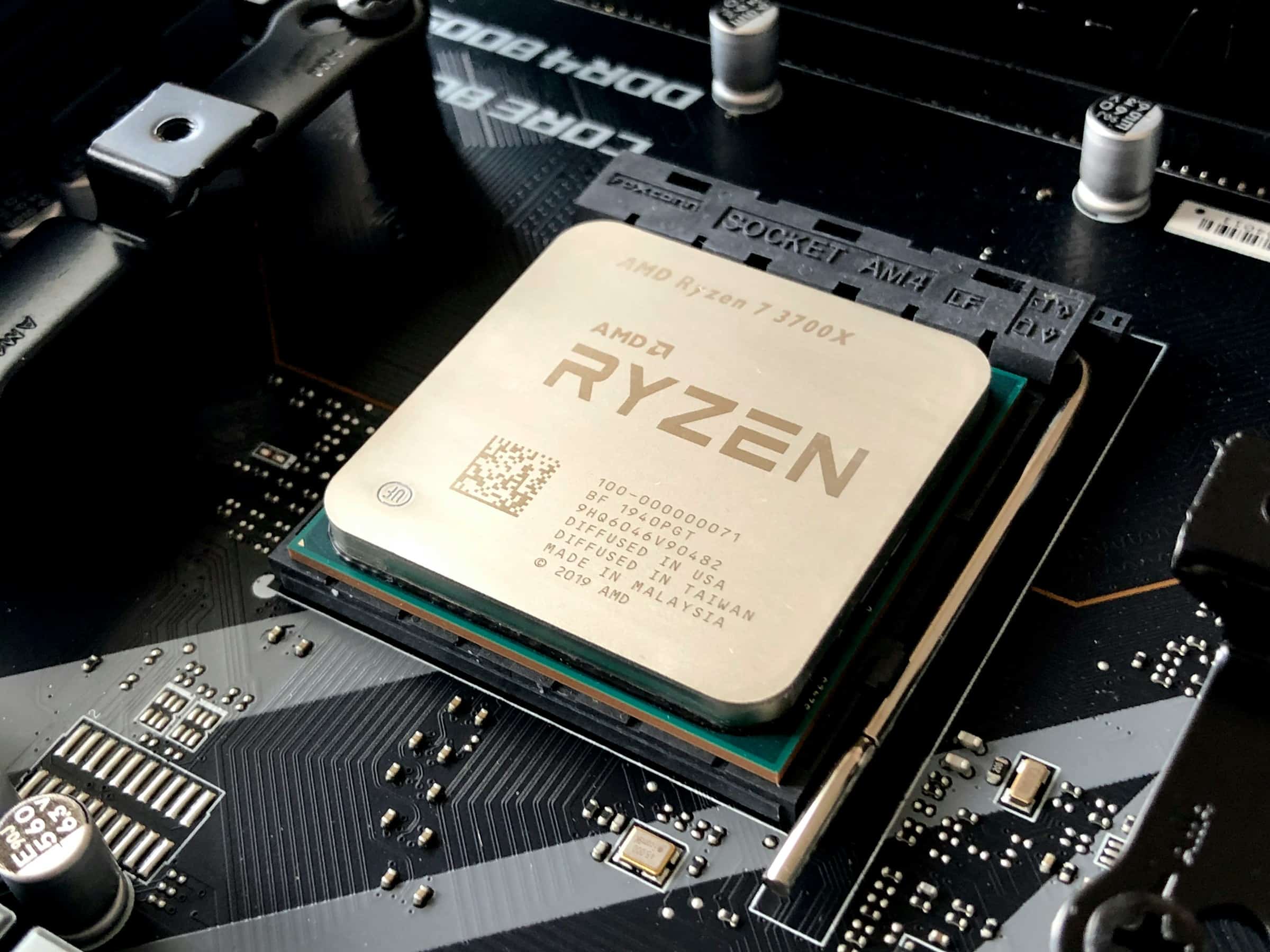What are the best practices for setting up a high-end workstation for graphic design with an AMD Radeon Pro GPU?

Creating a high-end workstation for graphic design requires significant investment and meticulous planning. Given the rapid advances in technology and the competitive market, choosing the right components can be overwhelming. For those considering an AMD Radeon Pro GPU, understanding the best practices for setting up your workstation can make all the difference in performance and productivity. Let’s delve into the essential steps and considerations to optimize your graphic design workstation.
Choosing the Right CPU
When building a high-end workstation, the CPU forms the backbone of your system. For demanding graphic design tasks, you need a powerful processor that can handle intensive software and multitasking. Both Intel and AMD offer top-notch processors, but pairing an AMD CPU with an AMD Radeon Pro GPU ensures seamless compatibility and performance.
Sujet a lire : What are the steps to install and configure a PCIe NVMe SSD in a Dell OptiPlex 7070 for better performance?
Selecting a multi-core processor is crucial. Software like Adobe Creative Cloud, Blender, and other rendering applications utilize multiple cores efficiently. AMD’s Ryzen Threadripper series stands out in this regard, offering up to 64 cores, making it ideal for professional graphic designers. Such power translates to faster rendering times, smoother previews, and overall better system responsiveness.
It's essential to balance core count with clock speed. High clock speeds ensure your applications run swiftly, while more cores handle multiple tasks simultaneously. For instance, the AMD Ryzen 9 series combines high clock speeds with ample cores, striking a balance suitable for most graphic design needs.
Sujet a lire : What are the best methods for setting up a multi-room audio system using Sonos and Apple HomeKit?
Graphics Card Selection
The graphics card is the heart of any graphic design workstation. AMD Radeon Pro GPUs are tailored for professional workloads, offering drivers optimized for design software and superior rendering capabilities. Choosing the right Radeon Pro GPU depends on your specific needs and budget.
For high-end workstations, the AMD Radeon Pro W5700 or W6800 are excellent choices. They provide robust performance for 3D rendering, CAD applications, and high-resolution video editing. These GPUs feature ample VRAM, ensuring smooth performance even with large, complex projects. Additionally, the specialized drivers ensure stability and compatibility with industry-standard software.
When selecting a GPU, consider factors like VRAM, compute units, and support for multiple monitors. Higher VRAM is beneficial for handling large textures and multi-layered projects. For instance, 16GB of VRAM can significantly improve performance in Adobe Photoshop, Illustrator, and other similar applications.
Optimizing System Memory
System memory, or RAM, is another critical component. For a high-end graphic design workstation, 32GB of RAM is generally the minimum recommended, with 64GB being optimal for intensive tasks. Adequate RAM ensures your system runs smoothly, preventing slowdowns when working with large files or multiple applications.
Consider the type and speed of your RAM as well. DDR4 is the standard, but opting for higher-speed modules can result in noticeable performance gains. Memory speed, measured in MHz, affects how quickly data can be processed. For instance, 3200MHz RAM is a good baseline, but higher speeds like 3600MHz can offer better performance in memory-intensive tasks.
Additionally, ensure your system supports dual or quad-channel memory configurations. These setups allow for faster data transfer rates, enhancing overall system performance. Most modern motherboards support these configurations, but it's always good to double-check compatibility.
Storage Solutions
Storage is another crucial aspect of your workstation. Fast and reliable storage solutions can significantly impact your workflow. Solid State Drives (SSDs) are a must for any high-end system. They offer superior performance compared to traditional Hard Disk Drives (HDDs), ensuring faster boot times, quicker file access, and overall smoother operation.
For graphic design, consider using a combination of SSDs and HDDs. A high-speed NVMe SSD for your operating system and applications ensures rapid load times and responsiveness. Complement this with a larger SATA SSD or HDD for storage of your projects and files. For instance, a 1TB NVMe SSD coupled with a 4TB HDD strikes a good balance between speed and storage capacity.
Additionally, consider implementing a RAID configuration for redundancy and performance. RAID 1, for example, mirrors data across multiple drives, providing a safety net in case of drive failure. It's a worthwhile investment to protect your valuable work.
Software and Driver Optimization
Setting up a high-end workstation goes beyond hardware. Software optimization plays a significant role in ensuring you get the best performance. Always use the latest drivers for your AMD Radeon Pro GPU. These drivers are specifically optimized for professional design software, ensuring you get the best out of your hardware.
Regularly updating your design software is equally important. Software updates often include performance improvements, bug fixes, and new features that can enhance your workflow. Adobe Creative Cloud, for example, frequently updates its suite of tools, providing better performance and new functionalities.
Furthermore, optimize your operating system settings for performance. Disable unnecessary startup programs, adjust power settings for maximum performance, and ensure your system is free from malware and unnecessary bloatware. These small tweaks can lead to noticeable improvements in system responsiveness.
Setting up a high-end workstation for graphic design with an AMD Radeon Pro GPU involves careful planning and consideration. By choosing the right CPU, optimizing your graphics card selection, ensuring adequate system memory, and implementing fast and reliable storage solutions, you can create a powerful and efficient workstation. Additionally, software and driver optimization will further enhance your system’s performance, ensuring you can handle even the most demanding graphic design tasks with ease.
Investing in the right components and following best practices will not only improve your performance but also make your workflow more efficient and enjoyable. Whether you are a professional graphic designer or an enthusiast, a well-constructed workstation with an AMD Radeon Pro GPU can significantly enhance your creative capabilities, allowing you to push the boundaries of your art and design.
